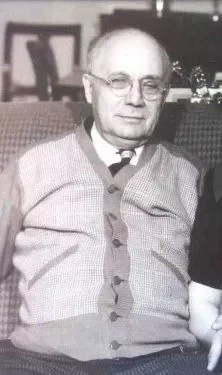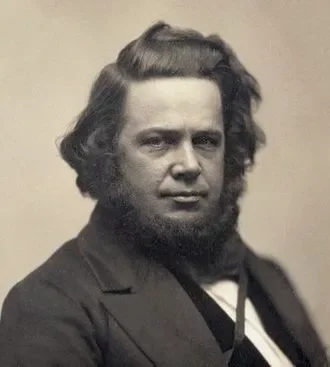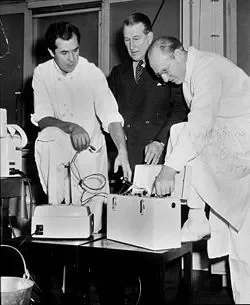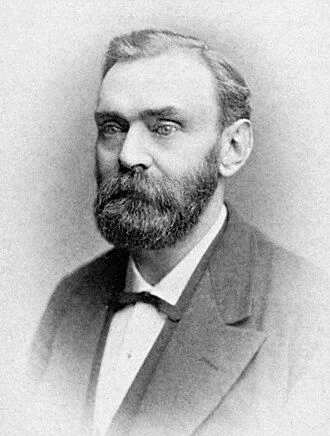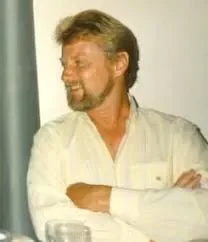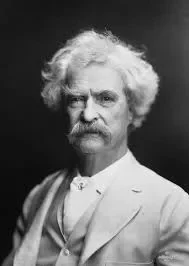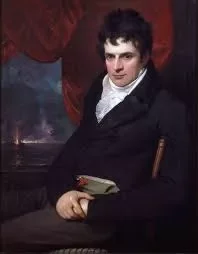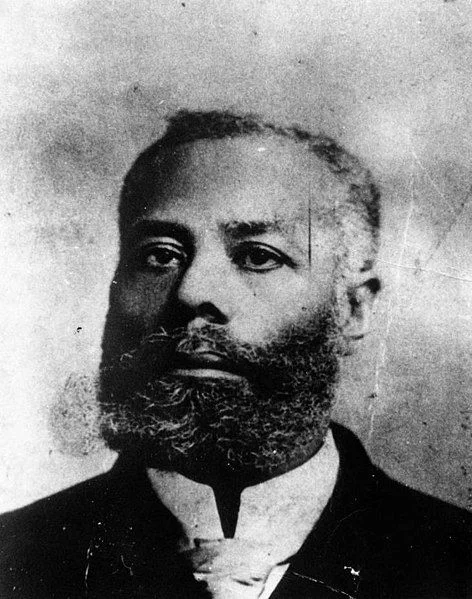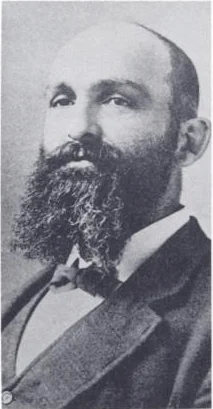Real Celebrities Never Die!
OR
Search For Past Celebrities Whose Birthday You Share
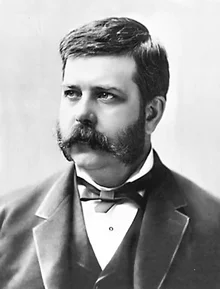
source:wikimedia.org
George Westinghouse
Birthday:
06 Oct, 1846
Date of Death:
12 Mar, 1914
Cause of death:
Heart failure
Nationality:
American
Famous As:
Engineer
Age at the time of death:
67
Early Life and Background
George Westinghouse Jr. was an American entrepreneur, inventor, and industrialist who created the railway air brake and received his patent at the age of 19. He made significant contributions to the development of alternating current electrical systems. Westinghouse was born on October 6, 1846, in Central Bridge, New York. George Westinghouse was the eighth of ten children born to George Westinghouse Sr. who owned a machine shop and Emmeline Vedder.
Early Exposure to Mechanics and Military Service
From a young age, he was talented with machinery and business. He started working in his father’s shop and gained access to various mechanical devices. During the Civil War, he enlisted in the New York National Guard and served until his family wanted him to return home. He served in the military and Navy till 1865.
First Inventions and Early Patents
At the age of 19, he created his first invention, a rotary steam engine, and received a patent, demonstrating his early entrepreneurial spirit. At 21, he also invented a car replacer, a device to guide derailed railroad cars, and a reversible frog, a device used with a railroad switch to guide trains.
The Railroad Air Brake and Business Ventures
He was granted a patent in 1869 for his groundbreaking invention, the railroad air brake, which significantly enhanced the safety and effectiveness of railway travel. He founded the Westinghouse Air Brake Company in 1869 after the invention of the air brake.
Promoting Alternating Current and the Battle with Edison
Westinghouse was primarily recognized for promoting AC electrical systems over DC systems. He patented AC current systems and developed efficient machinery for long-distance electricity transmission. Westinghouse and Edison battled over developing the AC-powered hydroelectric station at Niagara Falls. The project highlighted AC technology’s superiority in long-distance power transmission.
Founding of Westinghouse Electric Corporation
In 1886, Westinghouse founded the Westinghouse Electric Corporation, a major player in the electrical and manufacturing industry. George Westinghouse held patents for various inventions throughout his career, including improvements to the steam engine, air compressors, signaling systems, and a rotary steam engine.
George Westinghouse's Quote's
Later Innovations and Philanthropy
During his later years, he continued to be involved in various business ventures, from electrical manufacturing to the automobile industry. He explored new technologies, like heat pump systems and compressed air shock absorbers for automobiles. Apart from his career, he also took part in charitable causes related to education and public welfare. In 1911, he retired and was no longer active in business.
Death and Legacy
George Westinghouse died on March 12, 1914, in New York City at the age of 67 due to natural causes. He was buried in Arlington National Cemetery, where his gravesite remains a place of historical significance. George Westinghouse’s later life was characterized by a combination of business interests, ongoing innovation, philanthropic endeavors, and a well-deserved retirement. His legacy continues to be honored for his contributions to technology, industry, and the betterment of society.
Name:
George Westinghouse
Popular Name:
George Westinghouse
Gender:
Male
Cause of Death:
Heart failure
Spouse:
Place of Birth:
Central Bridge, New York, U.S.
Place of Death:
New York City, U.S.
Occupation / Profession:
Personality Type
Executive: Excellent administrators, unsurpassed at managing things or people. Westinghouse was known for his strong leadership, strategic thinking, and innovative approach to engineering and business,
Westinghouse designed the first illuminated tennis court.
Westinghouse ran away from home to fight in the American Civil War when he was just 15 years old.
He dropped out of college just after three months.
Founder of the original Westinghouse Electric Corporation
